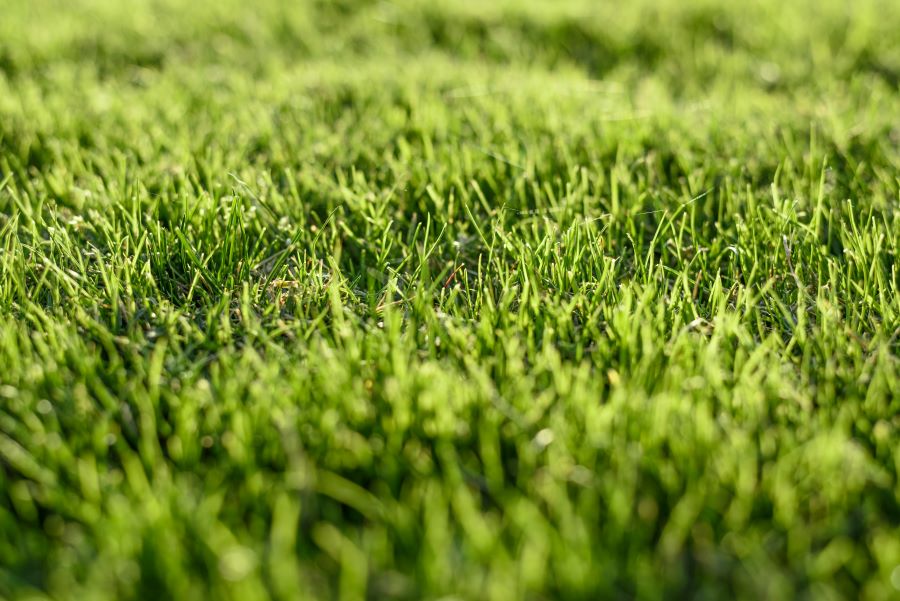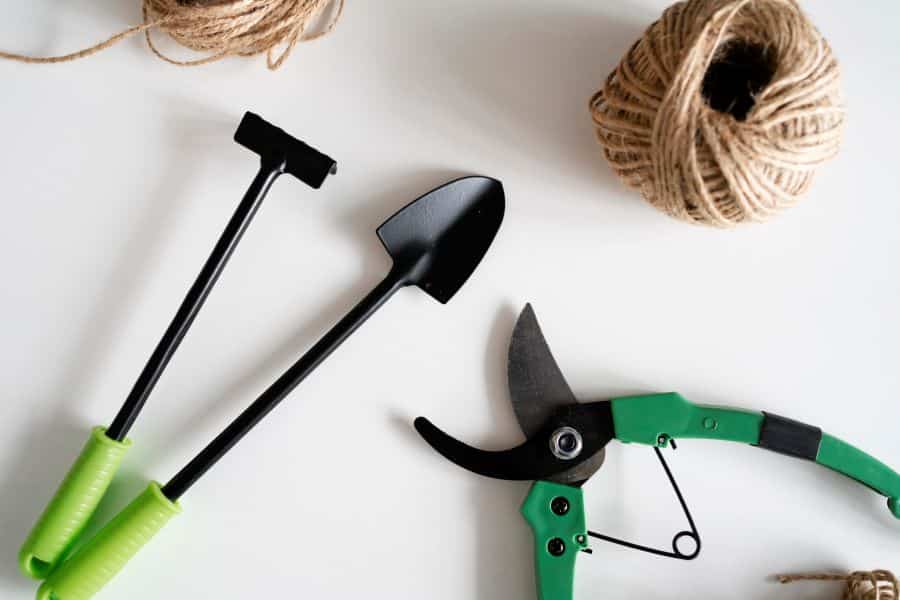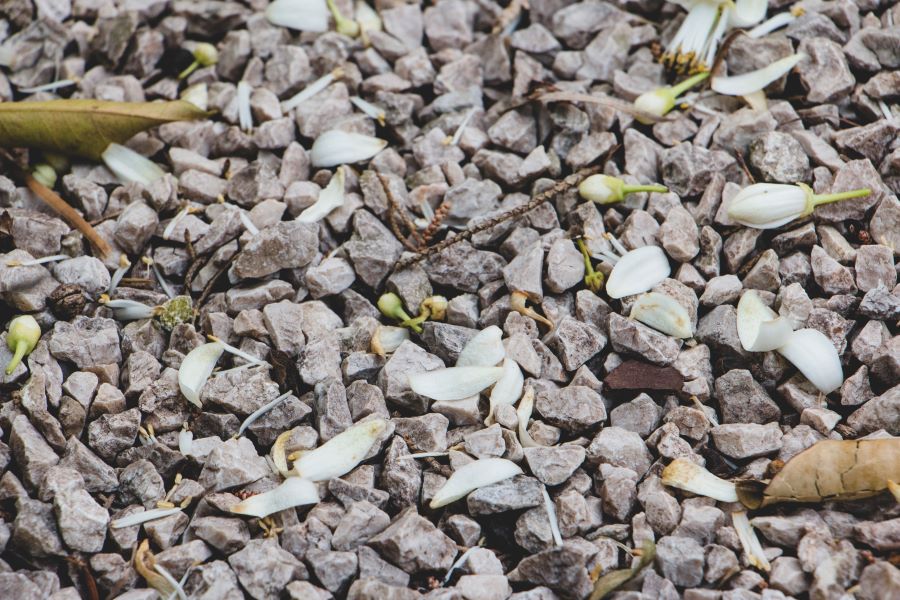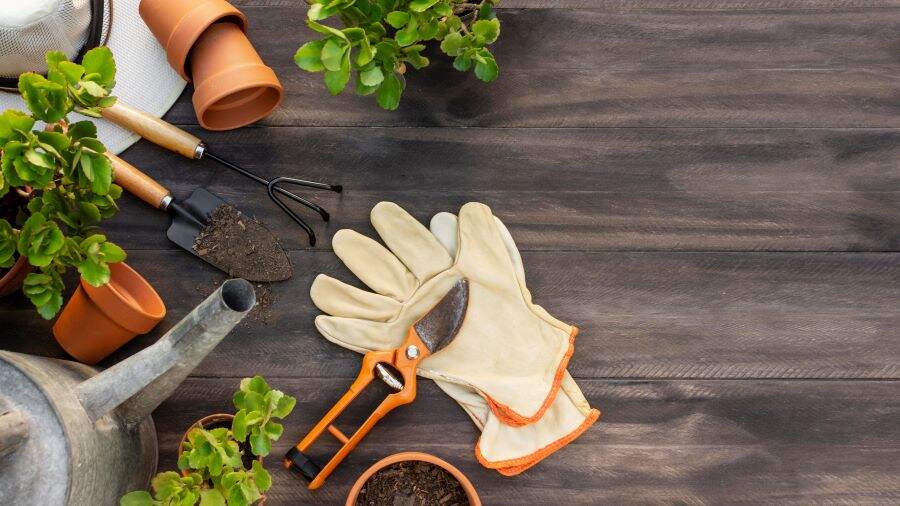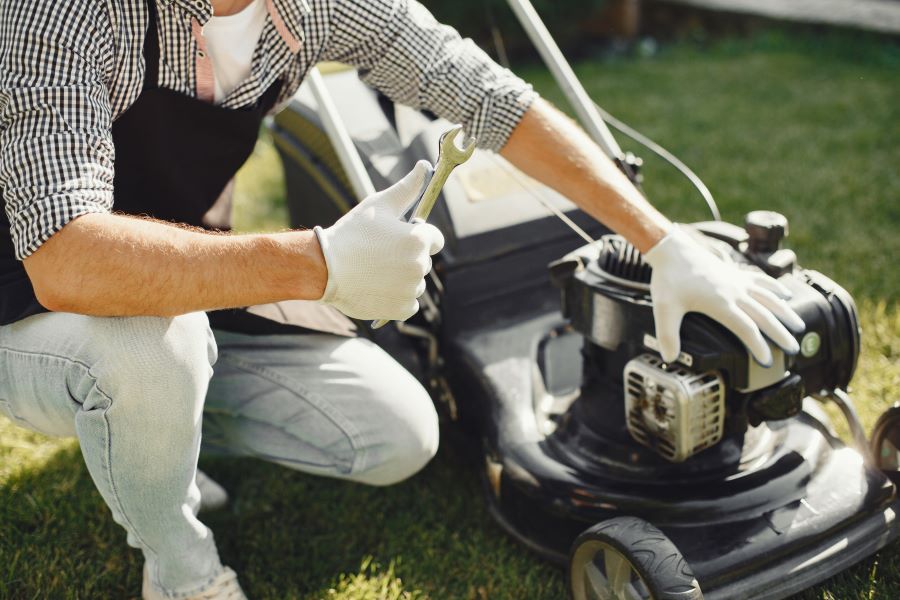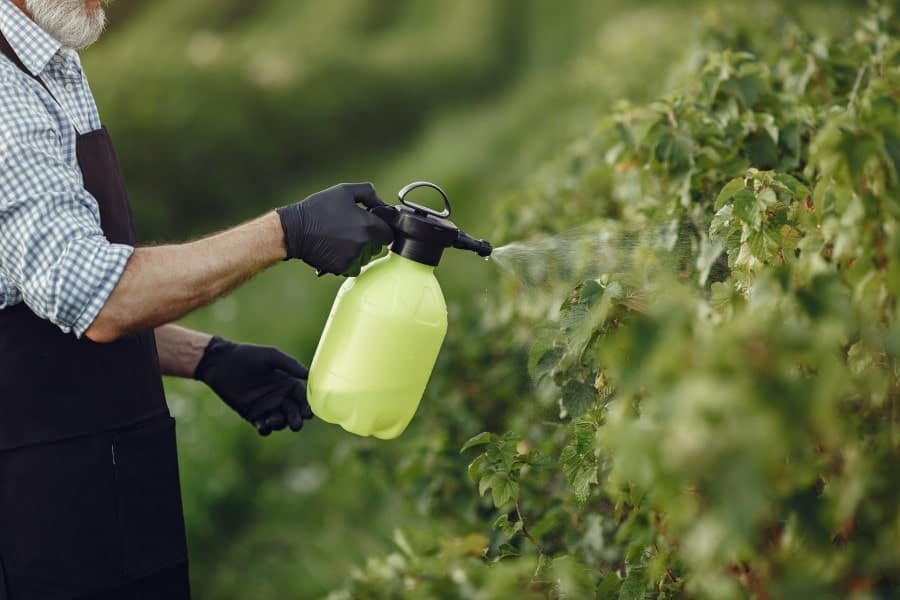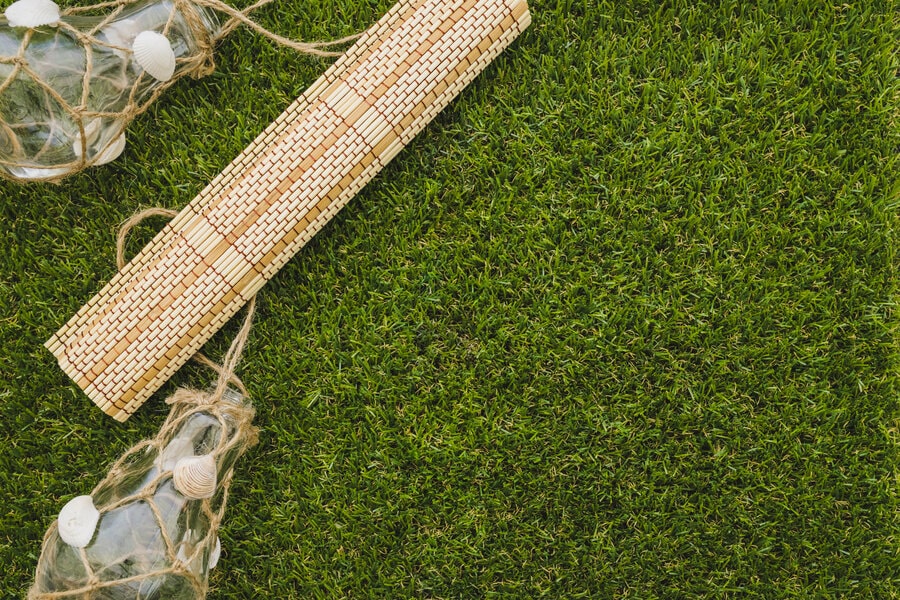Can You Put Artificial Grass Next to Real Grass?
When combining artificial grass next to real grass, it’s important to think about how they’ll work together in your yard. You may wonder, can you put artificial grass next to real grass and what benefits or challenges this brings. In this article, we’ll cover the pros and cons, the installation process, and key tips to help you achieve a smooth blend of natural lawn and fake lawns. You’ll also learn how to avoid common mistakes when mixing fake grass with natural turf and how to ensure everything looks and functions well together.
By the end, you’ll know what to consider, from the installation process to how to create an attractive yard with both artificial lawns and natural grass.
Can You Lay Artificial Grass Next to Real Grass?
Yes, you can lay artificial grass next to real grass. Many homeowners choose to mix artificial turf next to real grass because it gives them the best of both worlds, low maintenance from fake lawns and the natural feel of natural grass.
The key is to plan the installation process carefully. When you place artificial turf next to real grass, it’s important to think about the border or edging to create a clean and seamless look. You’ll also want to make sure both types of grass blend visually and function well together, especially in areas where you’ll be walking or playing.
Blending fake grass with a natural lawn can add versatility to your yard, but there are some factors to consider, like how to keep the grass next to real grass healthy and looking good. With proper planning, you can successfully combine natural and artificial elements in your yard for a long-lasting and attractive landscape.
The Pros and Cons of Mixing Artificial and Natural Grass
When you mix artificial grass next to real grass, there are both advantages and disadvantages. Understanding these can help you make the right choice for your yard.
Pros
- Low Maintenance Areas: One of the biggest benefits of artificial turf next to real grass is the low maintenance required for the artificial part. You won’t need to water, mow, or fertilize the fake lawns, which saves you time and effort. This can be especially useful in areas of your yard that are harder to maintain, like shady spots where natural grass struggles to grow.
- Consistent Green Appearance: Artificial lawns remain green and lush all year long, no matter the weather. This is a big plus compared to natural grass, which can turn brown or patchy during droughts or extreme weather. By adding fake grass next to your natural lawn, you’ll always have at least part of your yard looking its best.
- Durability in High-Traffic Areas: Artificial turf is highly durable and can withstand heavy foot traffic, making it perfect for areas where kids or pets play. Placing artificial turf next to real grass in high-use zones ensures those areas stay in great condition, while the surrounding natural lawn adds a more natural feel.
Cons
- Potential Challenges in Blending Visually: While it’s possible to lay artificial grass next to real grass, making the two blend seamlessly can be tricky. The texture and color of fake grass can be different from natural turf, which may create a noticeable difference. Choosing the right type of artificial grass that closely matches your natural lawn can help minimize this issue.
- Maintenance Differences Between the Two: Artificial grass requires much less maintenance than real grass, but this also means you’ll need to manage two different care routines. While the fake lawns stay green without much effort, your natural grass will still need watering, mowing, and fertilizing. Balancing these maintenance tasks can take some planning.
- Installation Complexities: The installation process for combining artificial grass next to real grass can be a bit more complex. You’ll need to carefully prepare the ground and ensure proper drainage for both types of grass. Laying a solid foundation for the artificial turf and making sure it doesn’t affect the natural lawn requires some professional planning.
By considering both the pros and cons, you can decide if mixing artificial grass next to real grass is the right choice for your yard, giving you the benefits of both types of grass.
The Versatility of Combining Artificial Grass with Natural Grass
Mixing artificial grass next to real grass allows for a versatile and practical landscape. This combination can suit different needs, whether for low-maintenance areas, pet zones, or play areas. Here’s how this blend can transform your yard.
Gardens and Biodiversity
When you mix artificial turf next to real grass, it creates a low-maintenance solution while still promoting garden biodiversity. Artificial grass can be used in areas that are difficult to maintain, while natural grass helps create a more natural feel. This balance offers a lush, green look without constant care.
- Easy-to-manage zones: Placing artificial grass in parts of the garden that are hard to reach or maintain can save time.
- Biodiversity: Keeping sections of natural grass ensures that your yard can support plants and wildlife, providing a habitat for bees, butterflies, and other garden visitors.
For more options, explore the types of artificial grass available to find the best match for your landscape.
Practicality
Placing artificial grass next to real grass is a practical way to reduce yard maintenance while keeping it looking great. Artificial turf requires minimal upkeep, making it ideal for busy homeowners.
- Less mowing and watering: While your natural grass may need regular attention, the artificial lawns will stay green without constant mowing or watering.
- Perfect for tough areas: Whether it’s a spot where natural grass struggles to grow or an area exposed to a lot of foot traffic, artificial turf provides a durable solution.
This mix of natural lawn and artificial turf ensures you get the best of both worlds—beauty and convenience.
Durability
Combining artificial turf next to real grass also adds durability to high-traffic areas. Artificial lawns can handle wear and tear better, especially in play areas or walkways.
- High-traffic zones: Use artificial turf in places that see heavy use, such as pathways, patios, or areas around playgrounds.
- Weather-resistant: Artificial grass stays green and intact through harsh weather conditions, unlike natural lawns, which may suffer during extreme heat or droughts.
If you need help creating clean divisions between your artificial turf and natural grass, consider using artificial grass edging to ensure everything looks neat and well-organized.
Play Area
Families with children can benefit from combining artificial grass next to real grass for play areas. The soft surface of artificial turf provides a safe, cushioned area for kids to play, while the natural grass adds a traditional, natural touch to the yard.
- Durable and safe: Artificial grass is highly durable and stays intact even with rough play, while offering a soft, child-friendly surface.
- Balanced design: Keep natural grass in less-used areas for a balanced look, while using artificial turf where durability is needed.
Pet Zones
For pet owners, having artificial grass next to real grass is a great solution. Artificial turf is easy to clean and stands up to pet activity, while natural grass provides a space for pets to enjoy nature.
- Easy maintenance: Artificial grass doesn’t get muddy, and it’s easy to clean after pets. This makes it perfect for areas where pets spend a lot of time.
- Natural experience for pets: Keep a section of natural grass for a more natural feel, while using artificial turf to maintain a neat and easy-to-clean yard.
This combination of artificial and natural grass creates a functional, low-maintenance space that works for the whole family, pets included.
Key Considerations Before Installation
When installing artificial grass next to real grass, it’s important to consider a few key factors to ensure your project is successful. By addressing these points before installation, you’ll be able to create a yard that looks great and functions well.
Drainage and Water Flow
Proper drainage is essential when combining artificial turf next to real grass. Without good drainage, water can pool on the artificial turf, leading to issues like mold or unpleasant odors.
- Create a drainage plan: Ensure that water flows smoothly through both the artificial turf and natural grass areas. You may need to install a drainage system under the artificial grass to help water move away from the surface.
- Avoid pooling: Poor water flow can cause puddles to form on the artificial turf, especially during heavy rain, so make sure both types of grass have proper drainage.
Soil Compatibility
The soil beneath your natural grass and the base for your artificial turf are different, and it’s important to prepare them correctly.
- Firm base for artificial grass: Artificial turf requires a compact and level base, usually made of sand or gravel, to prevent shifting or sinking.
- Healthy soil for natural grass: On the other hand, natural grass needs nutrient-rich soil that drains well and supports healthy root growth.
Proper soil preparation ensures both types of grass work together without issues.
Temperature Differences
When you install artificial grass next to real grass, be mindful of the temperature differences between the two surfaces. Artificial turf tends to heat up more than natural grass, especially in direct sunlight.
- Shading solutions: Consider placing trees or shade structures near the artificial turf to help keep it cool.
- Cool materials: Using lighter colors for walkways or adding plants around the artificial grass can help manage heat and create a more comfortable space.
Maintenance Requirements
Though artificial turf is low-maintenance, you’ll still need to care for the natural grass portion of your yard. This difference in upkeep requires planning to ensure both areas stay in good condition.
- Low-maintenance artificial turf: The artificial lawn won’t need regular watering or mowing, making it ideal for reducing overall yard work.
- Regular care for natural grass: However, your natural grass will still need watering, mowing, and occasional fertilizing to stay healthy.
Balancing these maintenance needs is key to keeping your yard looking its best. For expert guidance on how to install and maintain your mixed lawn, feel free to contact our artificial grass specialists. They can help you plan and execute a successful project.
How to Achieve a Seamless Blend?
Combining artificial grass next to real grass can create a beautiful, functional yard, but making the transition between the two look seamless takes careful planning. Here are some techniques to ensure both types of grass blend smoothly and some common mistakes to avoid.
Visual Transition Techniques
Creating a natural flow between artificial turf next to real grass requires attention to detail. The goal is to make the two surfaces look like they belong together rather than creating an obvious separation.
- Use matching colors and textures: Choose artificial grass that closely matches the color and texture of your natural lawn. This makes the transition less noticeable, and the two types of grass will blend more easily.
- Create a soft edge with plants: Adding low-growing plants or shrubs along the edge where the artificial turf meets the natural grass can soften the divide and create a more natural look.
- Use proper edging: Installing artificial grass edging helps create a clean, defined border between the two. This will prevent your natural grass from creeping into the artificial turf and keep both areas looking neat.
Common Mistakes to Avoid
When laying artificial turf next to real grass, it’s easy to make some mistakes that can disrupt the appearance or functionality of your yard. Avoiding these will help you achieve a seamless blend.
- Neglecting drainage: One of the biggest mistakes is ignoring proper drainage. Artificial grass needs a well-planned drainage system, as it doesn’t absorb water like natural grass. Failing to install this can result in water pooling on the artificial turf.
- Choosing the wrong artificial grass: Picking artificial turf that doesn’t match the appearance of your natural lawn can create a sharp, unappealing contrast. Make sure the color and texture are as close as possible to ensure a cohesive look.
- Skipping edging: Not using proper artificial grass edging can lead to problems with natural grass growing into the artificial turf, making the transition look messy over time.
By following these tips and avoiding common pitfalls, you can successfully combine artificial grass next to real grass for a yard that looks seamless and functions well.
Conclusion
Combining artificial grass next to real grass can create a beautiful, low-maintenance, and functional yard if planned correctly. We’ve discussed the importance of paying attention to visual transition techniques, such as matching colors and using proper artificial grass edging, to ensure a smooth blend. Additionally, considering practical aspects like drainage and maintenance requirements is crucial to avoid common issues.
By taking the time to plan both the appearance and functionality, you can successfully answer the question, can you put artificial grass next to real grass? The answer is yes, but with careful preparation and attention to detail, you can create a yard that combines the best of both worlds, durability and natural beauty.

